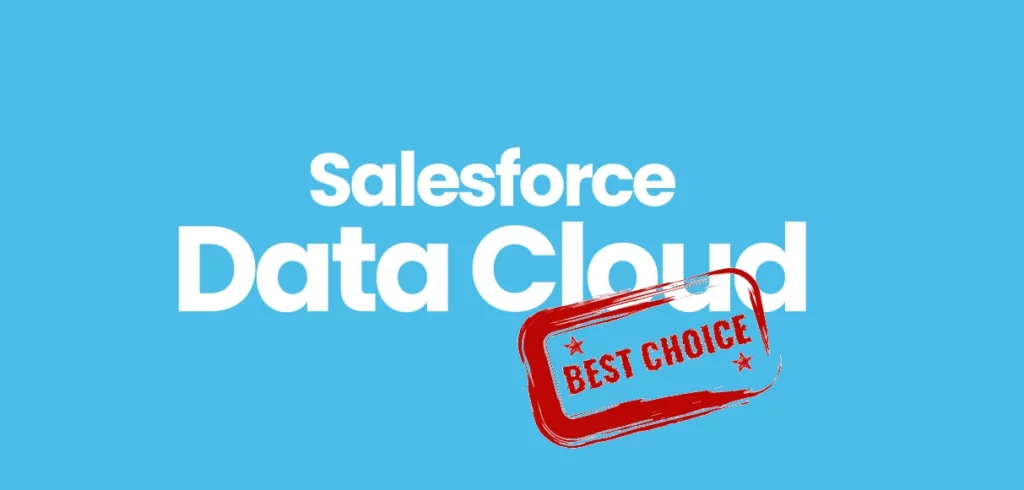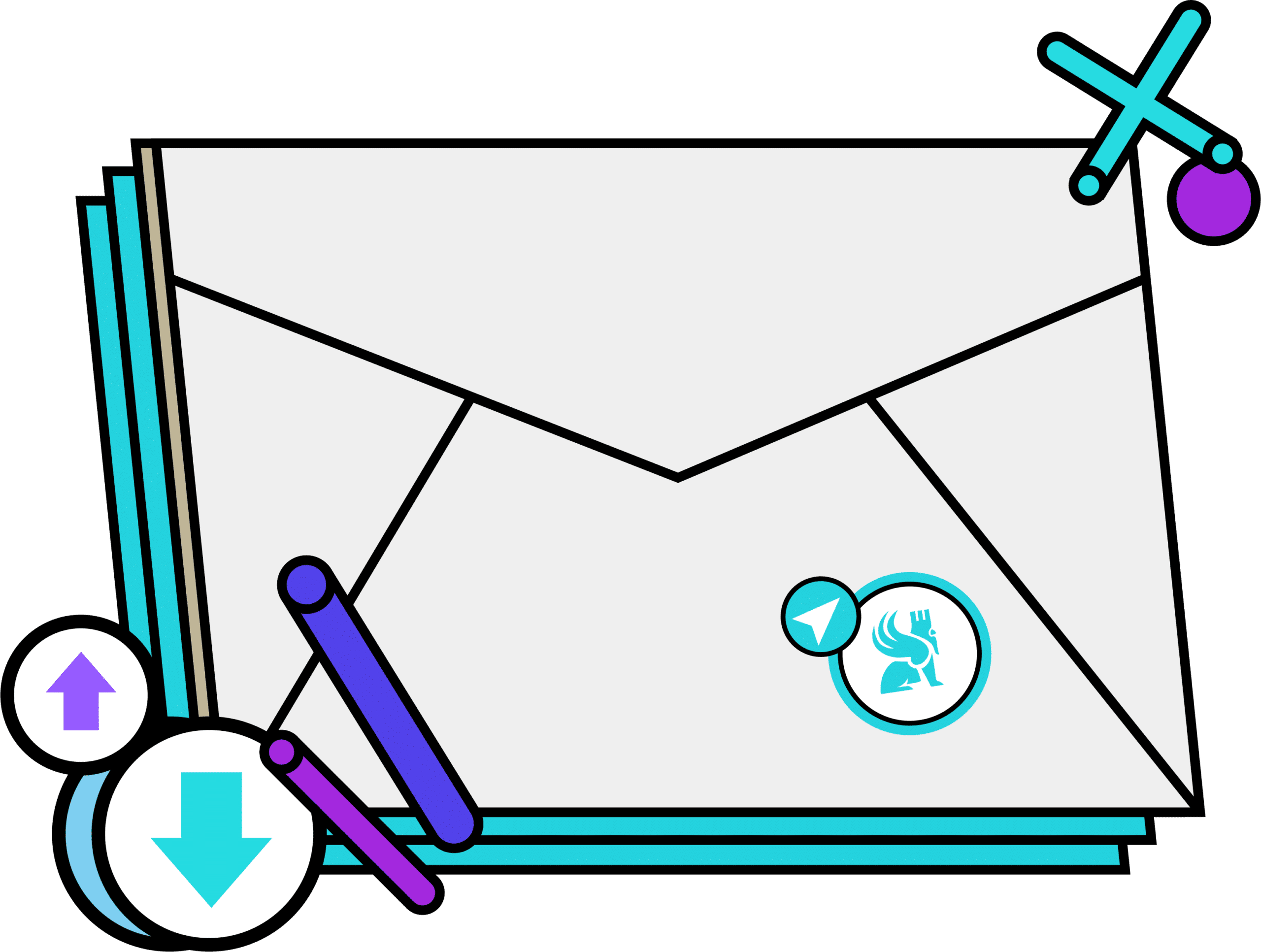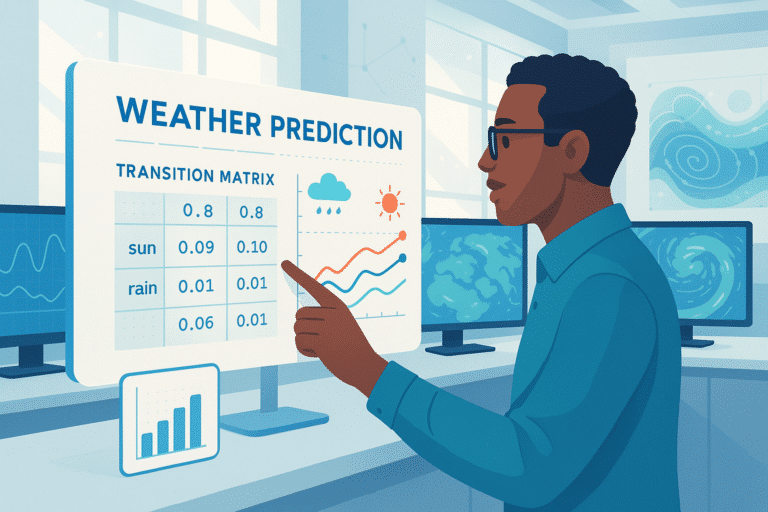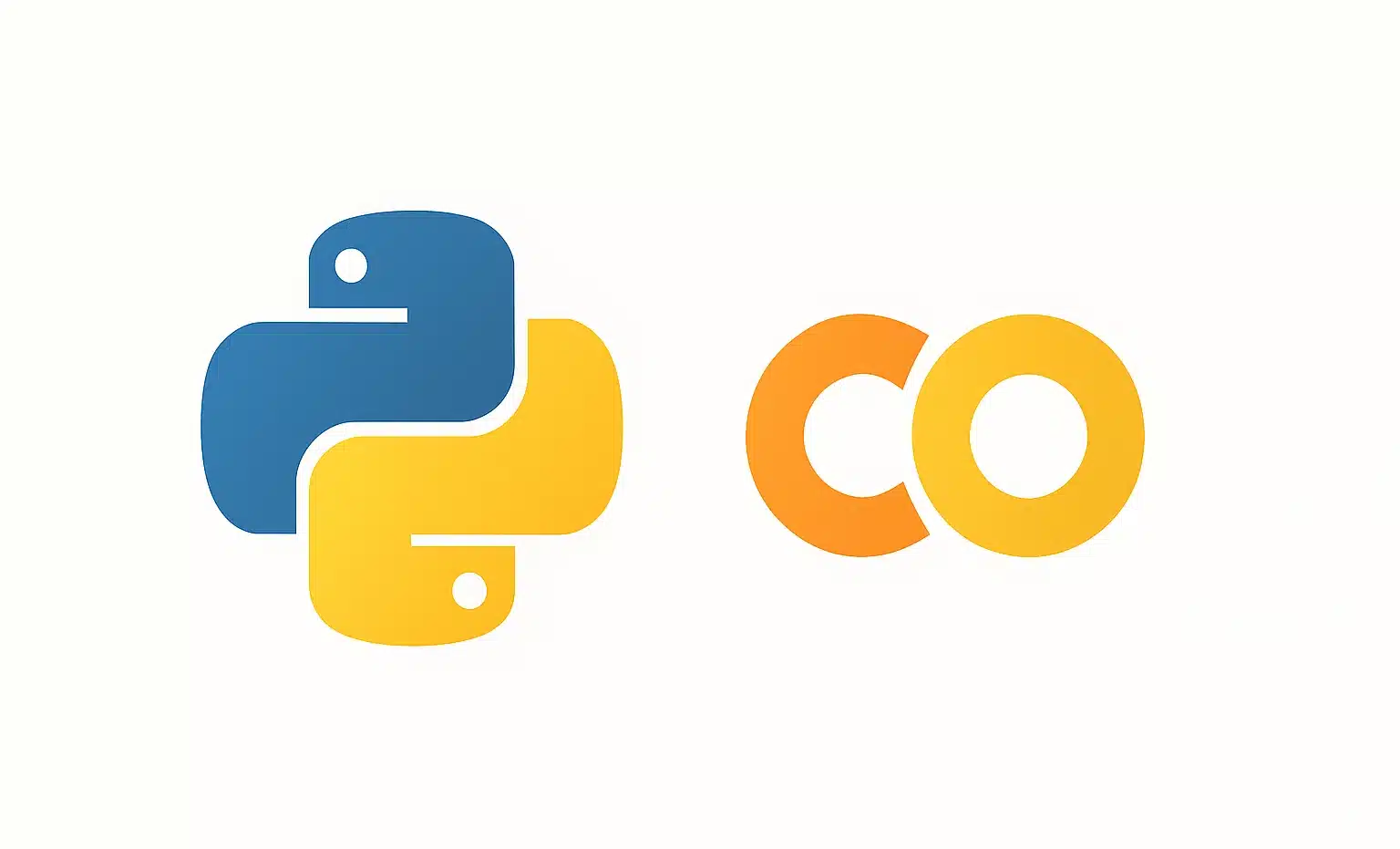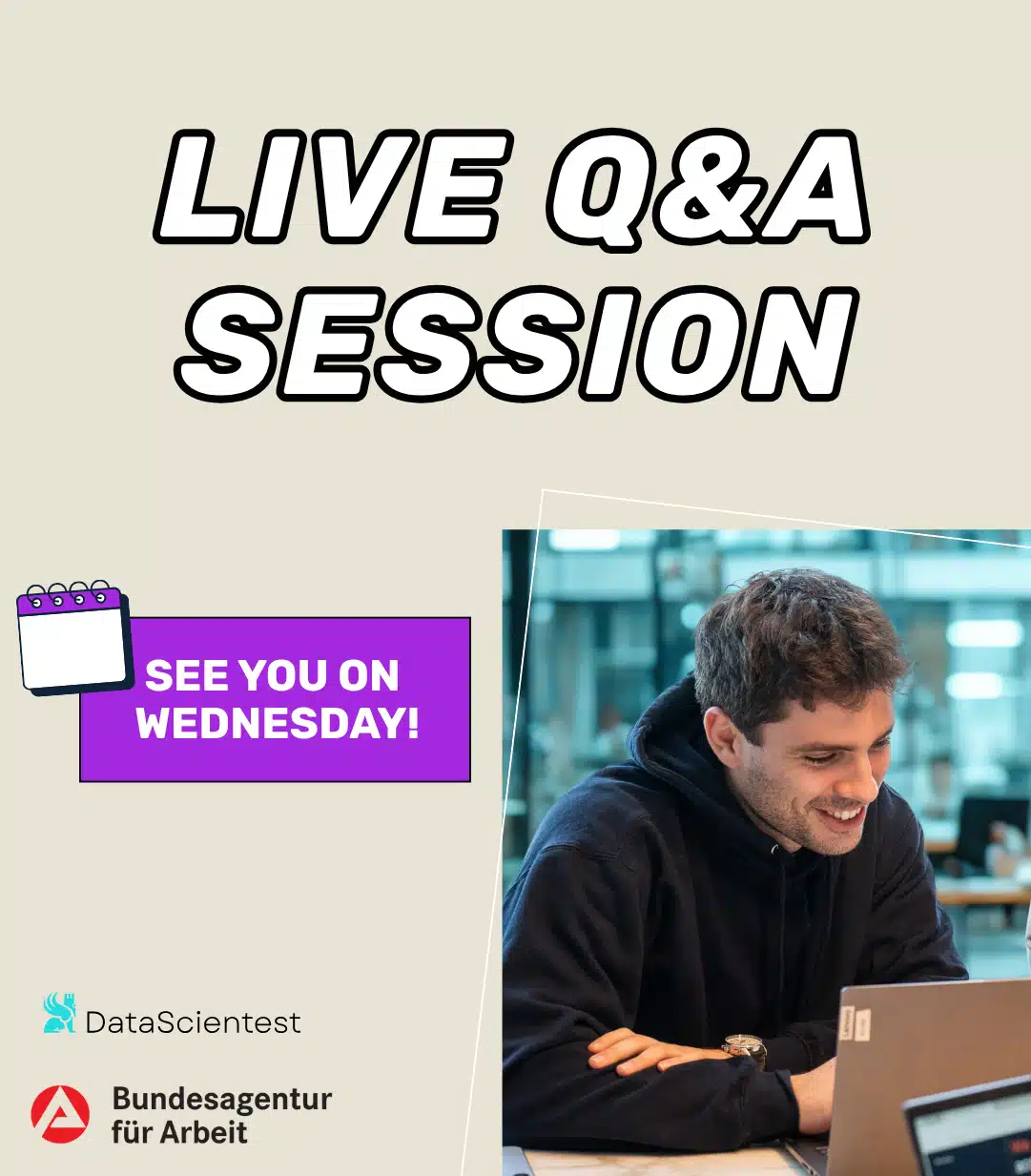Knowing your customer is no longer optional. As competition intensifies and consumers become increasingly informed, companies must leverage all available information to enhance their customer insights.
Customer data platforms are designed specifically for this purpose. But which one should you choose? Salesforce Data Cloud is positioned as one of the industry leaders. Is it truly the best solution? Discover our comparison of the top CDPs.
Salesforce Data Cloud vs Adobe Experience Platform
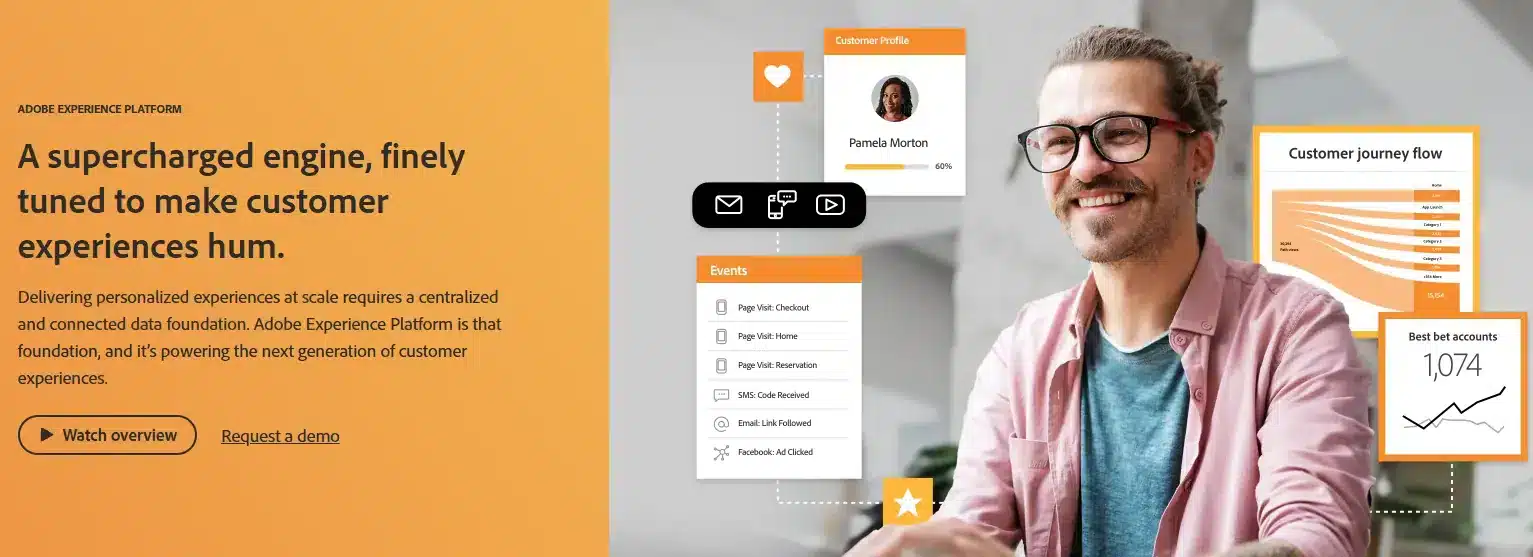
Features
Salesforce Data Cloud positions itself as a comprehensive platform for managing customer data. Its strength lies in its architecture, which is based on a data model that centralizes all information from CRM, ERP, and data lakes. Complementing this is the Einstein artificial intelligence engine, which analyzes past behaviors to predict future customer actions.
Conversely, Adobe Experience Platform places customer experience at the core of its strategy. The customer data platform creates enriched profiles in real-time using Adobe Sensei, its integrated AI engine. This real-time data synchronization directs marketing activities across all digital channels. The additional benefit? User data protection (GDPR, CCPA) is seamlessly integrated into its architecture.
Integration with other tools
Developed for the Salesforce ecosystem, Data Cloud seamlessly integrates with Sales Cloud, Marketing Cloud, and Service Cloud, creating a unified work environment where data flows smoothly between various system components. While integration with third-party tools is facilitated through various connectors, it remains more limited compared to its competitor.
Adobe Experience Platform embraces an open philosophy by interacting not only with Adobe solutions but also with third-party applications through its dedicated connectors. This approach provides the CDP with great flexibility of use.
Ease of use
The interface of Data Cloud adopts the familiar Salesforce design elements. This is beneficial for users accustomed to the ecosystem, though new users will need time to become proficient with all the features.
In its design, Adobe Experience Platform relies on a clean and intuitive interface where AI assists users in their daily tasks. There is no need for advanced technical skills to master the tool.
Pricing
The pricing structure of Salesforce Data Cloud is at the higher end of the market. For each additional module or connector added to the solution, extra charges are incurred.
Adobe Experience Platform opts for a more adaptable approach, based on the number of active monthly users. This modular model adjusts to the specific needs of each company. However, adding advanced features can also quickly escalate the final cost.
Salesforce Data Cloud vs Oracle Unity
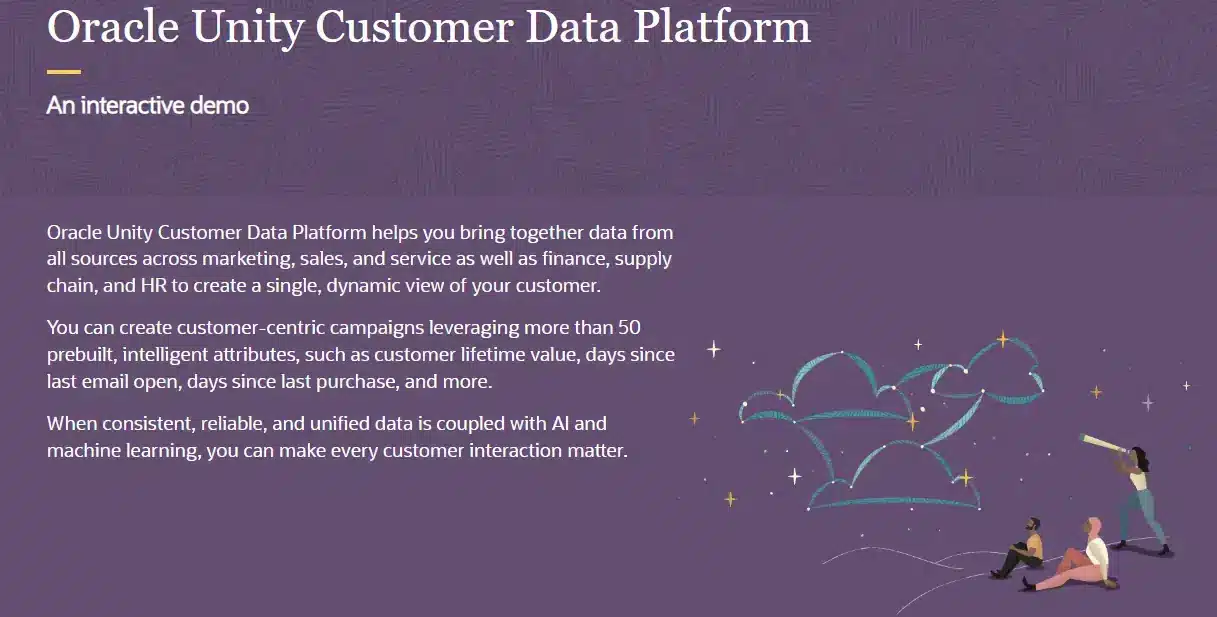
Features
Salesforce Data Cloud excels in predictive analytics thanks to its Einstein AI, which detects buying trends and accurately anticipates customer needs. Conversely, Oracle Unity focuses on several key features:
- A near-real-time API that instantly synchronizes customer data.
- A library that integrates over 50 intelligent attributes to automatically enrich user profiles.
- An RFM module (Recency, Frequency, Monetary) that tailors marketing messages according to consumption habits.
Integration with other tools
With its perfectly integrated ecosystem, Salesforce creates a unified and seamless experience for marketing and sales teams.
Oracle Unity takes a different approach by adapting to hybrid and multi-cloud environments. Its collection of predefined connectors naturally interacts with major market solutions like SAP or Shopify. It also integrates seamlessly with Oracle’s analytical and marketing tools. This integration flexibility meets the needs of companies using multiple platforms.
Ease of use
Instead of offering an intuitive interface like Salesforce Data Cloud, Oracle Unity relies on standard templates tailored to various industries, such as retail, telecom, or finance. Business teams appreciate this template approach as it accelerates familiarization. However, the initial deployment requires technical support to fully exploit the platform’s potential.
Pricing
Both platforms target the premium market segment. Oracle Unity offers a modular pricing structure that adapts to specific business needs, whereas Salesforce optimizes costs for users of its complete ecosystem. For companies already using its solutions, this is the most advantageous option.
Salesforce Data Cloud vs Tealium Audience Stream
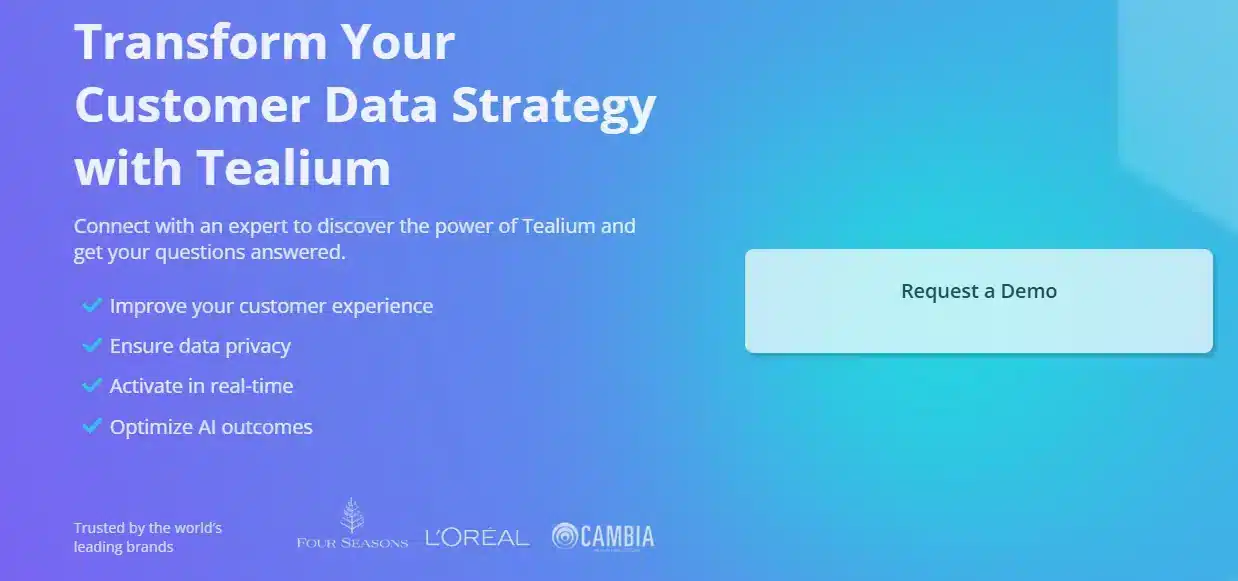
Features
At Tealium, there’s no Einstein AI to predict customer behaviors. Instead, it employs a real-time approach to data collection and activation. Its distinctiveness lies in the immediate processing of customer interactions across all digital touchpoints. The system creates enriched visitor profiles that dynamically evolve based on user actions.
Additionally, the platform stands out with its personal data management module that centralizes access and deletion requests.
Integration with other tools
The two platforms follow opposing philosophies. While Salesforce Data Cloud relies on the strength of its integrated ecosystem, Tealium focuses on openness with over 1,300 ready-to-use connectors. This extensive library of integrations is complemented by SDKs that expand connection possibilities. The platform even bridges the gap with Salesforce, enriching leads with behavioral data.
Ease of use
Marketing teams appreciate Tealium’s interface, which provides them with autonomy in creating and activating segments, without requiring extensive technical expertise. This user-friendliness contrasts with Salesforce Data Cloud’s approach, which demands familiarity with its environment to fully leverage its potential.
Pricing
Tealium’s pricing is not publicly disclosed, but it offers a flexible model that adapts to business needs. This approach contrasts with Salesforce’s consumption-based billing system, where each additional feature affects the final cost.
Salesforce Data Cloud vs SAP

Features
SAP Customer Data Cloud places consent and customer preference management at the heart of its architecture. This approach, centered around regulatory compliance (GDPR, CCPA), makes it a natural choice for companies operating within a strict legal framework. The platform deploys dynamic segments that adapt to multichannel interactions. However, its analytical capabilities are somewhat behind the advanced predictions of Salesforce Data Cloud’s Einstein AI.
Integration with other tools
Both platforms adopt a similar strategy. They prioritize their native ecosystems, like ERP and S/4HANA for SAP. Meanwhile, customer data platforms extend their reach through connectors to third-party applications such as Shopify, Azure, Google Cloud…
Ease of use
SAP Customer Data Cloud requires a significant initial investment in team training. Its robust and customizable interface necessitates an adaptation period, but becomes a valuable asset once mastered.
Much like Salesforce Data Cloud, users familiar with the SAP environment quickly find their bearings due to the consistency in interfaces and workflows.
Pricing
SAP employs a modular pricing strategy that benefits companies already equipped with its solutions. The model includes customization and integration costs according to specific needs. This pricing structure aligns with SAP’s overall strategy of progressive adoption of its various modules.
Comparison of customer data management platforms
To provide you with a clearer overview of Salesforce Data Cloud and other customer data platforms, here is a comparative table.
Solution
Advantages
Disadvantages
Salesforce Data Cloud
- Predictive analytics powered by Einstein AI.
- Unified customer view with native integration into the Salesforce ecosystem.
- Ideal for companies already invested in Salesforce.
- Limited integration with external tools outside the Salesforce ecosystem.
- High cost, especially with additional modules.
Adobe Real-Time CDP
- Real-time activation and advanced personalization powered by Adobe Sensei (AI).
- Advanced consent management and compliance with GDPR/CCPA.
- Dynamic segmentation and instant synchronization of behavioral data.
- Modular pricing that can become expensive with added features.
- Dependence on the Adobe Experience Cloud ecosystem for optimal use.
SAP Customer Data Cloud
- Excellent consent management and regulatory compliance (GDPR, CCPA).
- Seamless integration with SAP solutions (ERP, S/4HANA).
- Real-time data for better segmentation and personalization.
- Complex interface for new users or those unfamiliar with SAP.
- High cost, especially for companies not already using SAP.
- Initial implementation complexity requiring significant technical support.
Oracle Unity
- Real-time unified customer view via Near Real-Time API.
- Flexible integration with third-party tools like Salesforce or Shopify.
- Dynamic segmentation and advanced analytics (RFM, customer profile enrichment).
- Complex implementation requiring deep technical expertise.
- High pricing depending on integration and customization needs.
Tealium AudienceStream
- Real-time segmentation and instant activation across multiple channels.
- Over 1,300 ready-to-use integrations, offering great flexibility (vendor independence).
- Strong consent management and data governance.
- Initial complexity in setting up advanced technical integrations.
- Often requires a cloud data warehouse to fully leverage its capabilities.

